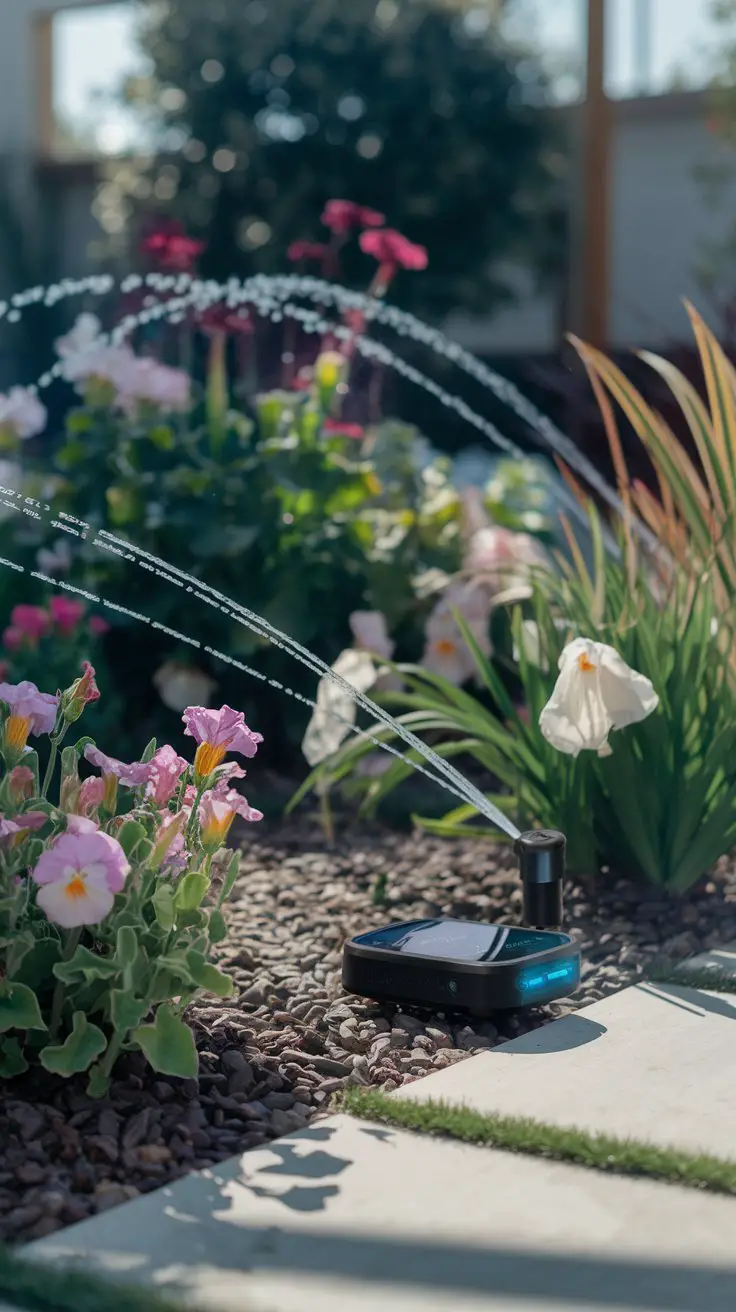Wouldn’t it be great if your garden could talk to you?
That’s the dream AI is making a reality. Imagine your plants telling you exactly when they’re thirsty or your garden predicting the best time to sow seeds. With the help of artificial intelligence (AI), gardening has entered a new era where technology enhances your green thumb like never before.
Let’s explore how AI is transforming gardening into a smarter, more efficient, and sustainable activity for everyone.
1. AI as Your Personal Gardening Assistant
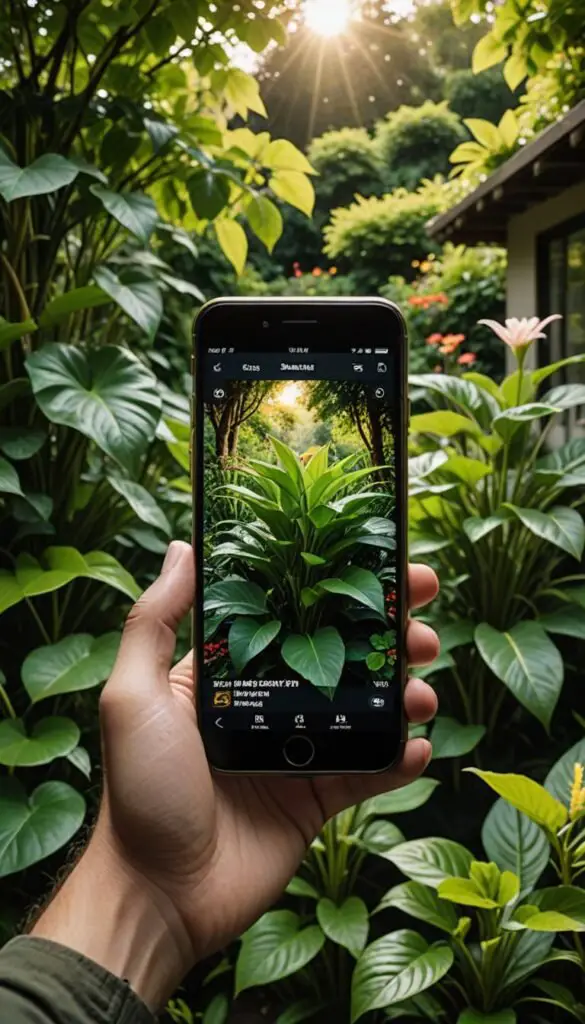
Gone are the days of guessing which fertilizer to use or why your roses are wilting. AI-powered apps now act as personal gardening advisors, analyzing your garden’s specific needs.
For example, apps like Blossom or Garden Answers allow users to upload photos of their plants. These apps use AI to diagnose issues like pest infestations, nutrient deficiencies, or diseases. They provide actionable advice—whether it’s treating a fungal infection or suggesting a better watering schedule.
This is particularly helpful for beginners who may feel overwhelmed by the learning curve of gardening.
2. Smart Irrigation Systems for Precision Watering
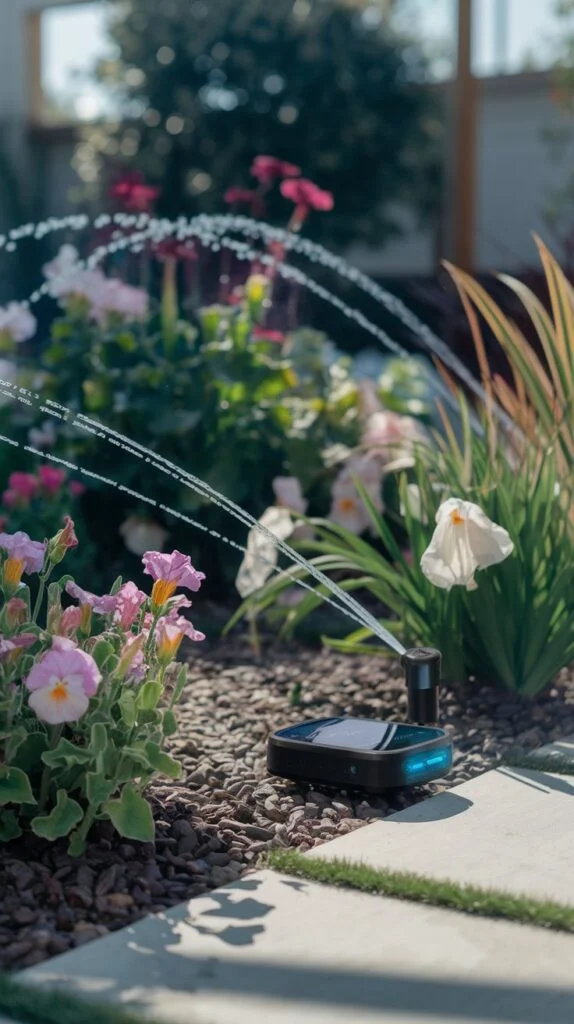
Ever wondered if you’re overwatering or underwatering your plants? AI-powered irrigation systems like Rachio and Netro take the guesswork out of watering.
Here’s how they work:
These systems are equipped with sensors to monitor soil moisture, weather forecasts, and plant types.
They water your garden only when needed and in precise amounts.
The result? Healthier plants and significant water savings, especially crucial in drought-prone areas of the US.
3. Detecting Plant Health with AI
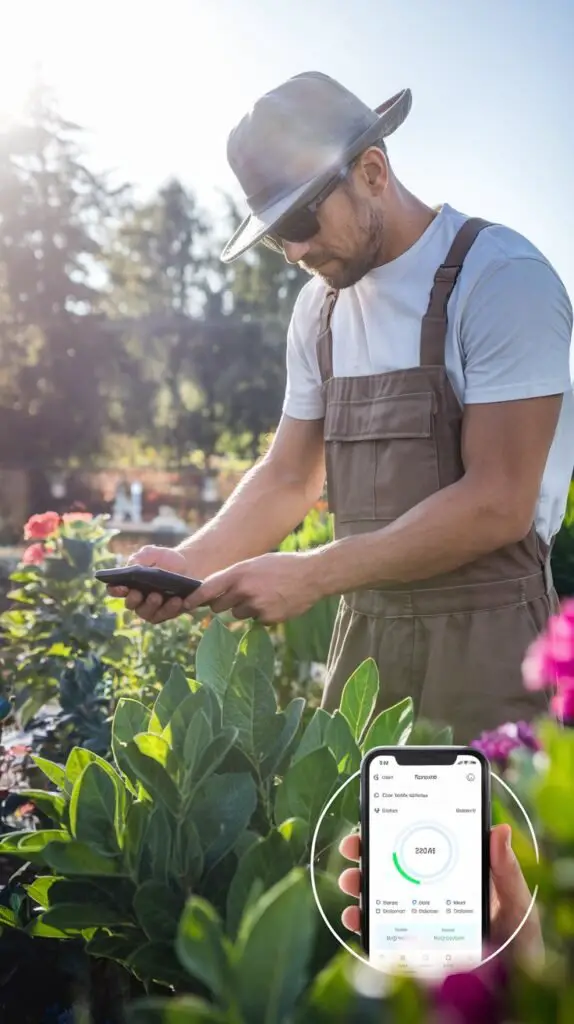
You’ve likely faced a moment when your plant’s leaves started yellowing, and you had no idea why. AI can now identify these problems instantly.
With tools like Plantix, you simply snap a photo of the affected plant. The app uses machine learning to analyze the image and provide:
A diagnosis of the issue (e.g., a nutrient deficiency or pest attack).
Remedies to treat the problem effectively.
This means fewer lost plants and quicker action to restore their health.
4. Garden Planning with Predictive Analytics
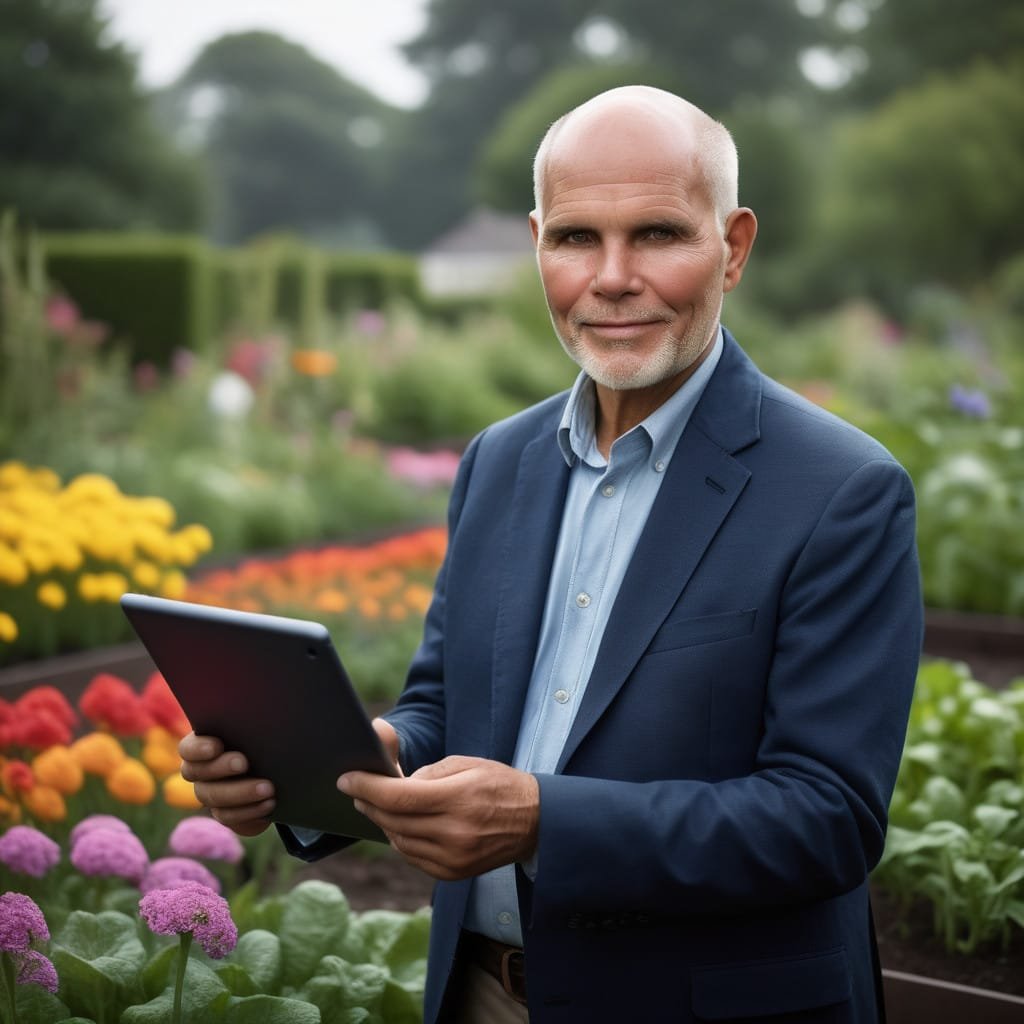
AI doesn’t just fix problems—it prevents them. Predictive analytics tools help plan your garden by analyzing factors like:
Soil type and quality.
Weather patterns in your area.
The growth cycles of specific plants.
For example, if you live in California, where summers can be hot and dry, AI can recommend heat-tolerant plants like succulents or drought-resistant herbs.
By integrating this data, AI helps gardeners maximize yield while minimizing risks.
5. AI-Powered Robots for Labor-Intensive Tasks
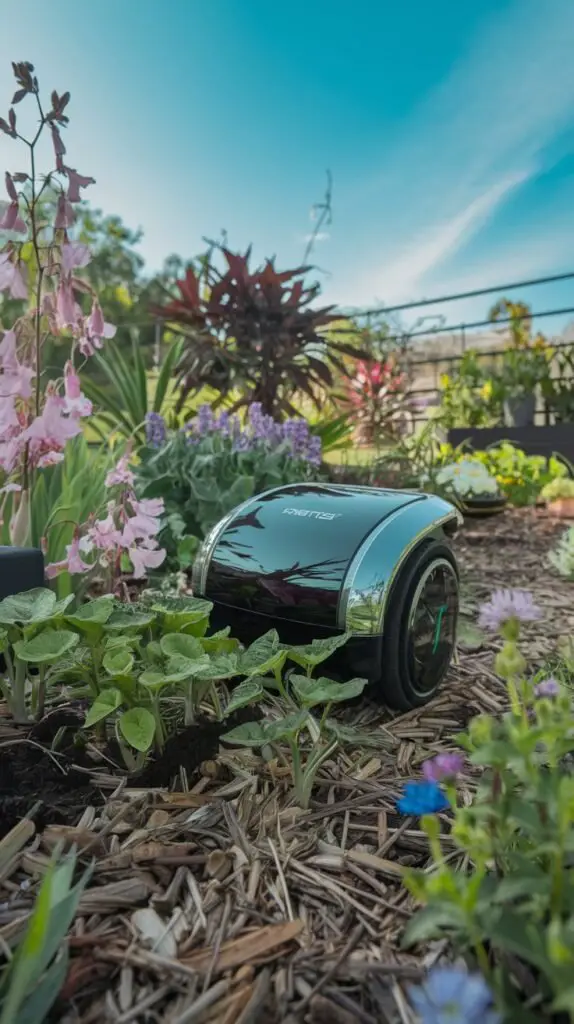
Tending to a garden is rewarding, but let’s face it—some tasks can be exhausting. Enter AI-powered gardening robots like Tertill, a weed-removing robot.
Here’s what these robots can do:
Automatically identify and remove weeds.
Navigate around your plants without causing damage.
Operate on solar power, making them eco-friendly.
This technology is ideal for busy gardeners or those with mobility challenges who still want a thriving garden.
6. Indoor Gardening Gets Smarter
For those growing herbs, vegetables, or ornamental plants indoors, AI has revolutionized the process. Smart garden systems, such as Click and Grow or AeroGarden, use AI to:
Control light exposure with LED grow lights.
Monitor water and nutrient levels.
Provide notifications via an app when maintenance is needed.
This makes indoor gardening accessible to anyone, even in apartments with limited space.
7. AI for Sustainable Gardening
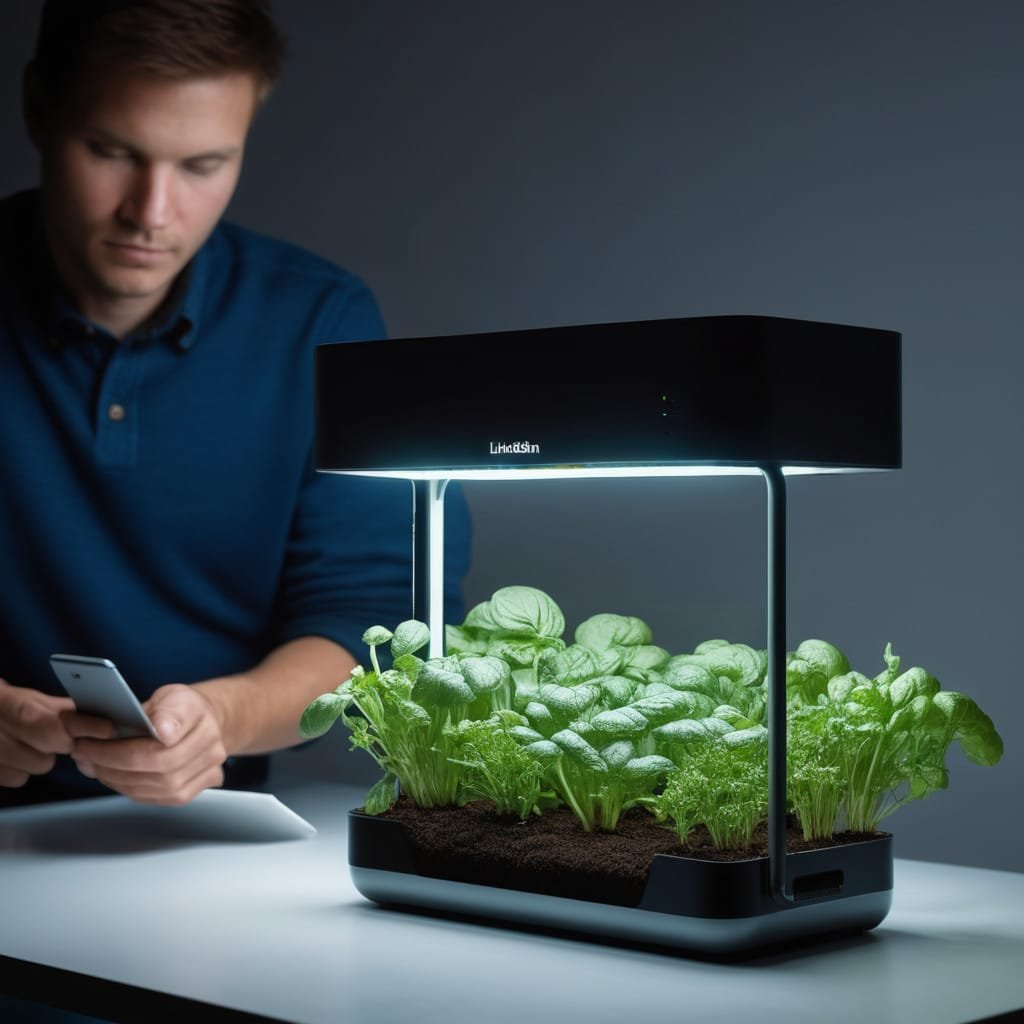
One of AI’s biggest contributions to gardening is sustainability. Here’s how:
Water Conservation: AI-powered irrigation systems ensure every drop counts.
Fertilizer Optimization: AI tools recommend only the necessary amount of fertilizer, reducing chemical runoff.
Encouraging Biodiversity: AI helps gardeners select native plants that support local wildlife, such as pollinators.
This not only benefits your garden but also promotes a healthier environment overall.
8. AI in Urban Gardening and Vertical Farming
Urban areas are increasingly adopting smart gardening techniques, and AI plays a crucial role. For example:
Vertical Farms: AI optimizes conditions like temperature, humidity, and light to grow fresh produce in limited spaces.
Hydroponics: AI monitors nutrient levels in water, ensuring maximum yield with minimal waste.
These advancements make urban gardening more efficient and scalable, addressing food security challenges in cities.
9. The Future of AI in Gardening
AI is still evolving, and the possibilities for gardening are endless. Future innovations may include:
Voice-Controlled Gardening Assistants: Imagine giving Alexa commands to water your plants or adjust grow lights.
Drone-Assisted Gardening: For larger gardens, drones could monitor plant health and even perform tasks like spraying organic pesticides.
Climate-Adaptive Gardening: AI could predict and adapt to long-term climate changes, helping gardens thrive in unpredictable conditions.
Final Thoughts
AI is not here to replace the joy of gardening—it’s here to enhance it. By providing precise, data-driven insights, AI allows gardeners to spend less time troubleshooting and more time enjoying their green spaces.
So, whether you’re a seasoned gardener or just starting, incorporating AI tools into your routine can take your garden to the next level.
Happy gardening!

